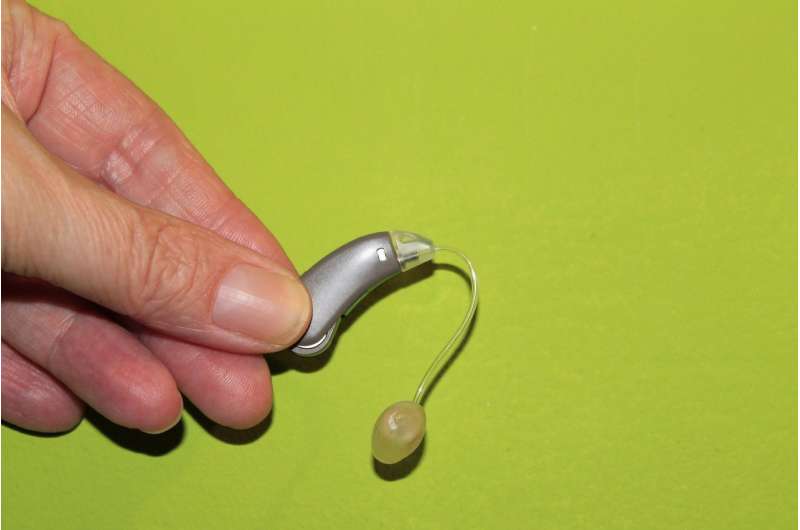Debunking 8 Common Myths About Back Pain: Insights from a Neurosurgeon

Learn the truth behind common myths about back pain with expert insights. Discover effective strategies for prevention and treatment from a neurosurgeon’s perspective.
Back pain is a widespread issue affecting many individuals worldwide. Despite its prevalence, numerous misconceptions about its causes and treatment options persist. Dr. Meghan Murphy, a neurosurgeon at the Mayo Clinic Health System, clarifies eight common myths surrounding back pain and shares evidence-based facts to better understand this condition.
Myth 1: Lifting heavy objects is the main cause of back pain.
Fact: While lifting heavy items improperly can lead to back discomfort, the primary factors are often a sedentary lifestyle, poor posture, obesity, and genetic predispositions. Maintaining proper lifting techniques is important but not the sole factor.
Myth 2: Bed rest accelerates recovery from back pain.
Fact: Rest may help with muscle strains temporarily, but prolonged inactivity can worsen or prolong back issues, especially in cases involving nerve compression or joint degeneration. Gentle activity, like walking or swimming, supports healing and prevents muscle weakening.
Myth 3: Sitting on a fat wallet causes back pain.
Fact: Carrying a bulky wallet in your back pocket can cause hip or leg discomfort but rarely leads to back pain itself. It can, however, tilt your pelvis and irritate the sciatic nerve, leading to numbness or pins-and-needles sensations.
Myth 4: Back pain always indicates a serious medical condition.
Fact: Most back pain results from muscle strains or sprains rather than severe issues like herniated discs or fractures. It often resolves without invasive treatments.
Myth 5: Avoid exercising when experiencing back pain.
Fact: Staying active is beneficial. Strengthening core muscles, improving flexibility, and maintaining a healthy weight can help prevent and alleviate back pain. Activity modifications may be necessary based on pain levels.
Myth 6: Surgery is the only remedy for chronic back pain.
Fact: Many cases respond well to non-surgical treatments like physical therapy, medications, and lifestyle changes. Surgery is reserved for specific symptoms such as severe weakness, numbness, or bowel and bladder issues.
Myth 7: A firm mattress is best for back pain relief.
Fact: Mattress firmness preference varies. Supportive and comfortable mattresses tailored to individual needs are ideal.
Myth 8: Poor posture doesn't contribute to back pain.
Fact: Poor posture, especially from slouching and repetitive strain from screens, can lead to muscle and joint pain. Ergonomic practices, weight management, core strengthening, and staying active are essential for back health.
Understanding these facts can help in managing back pain effectively and preventing unnecessary anxiety or treatments. Always consult healthcare professionals for persistent or worsening symptoms.
Source: https://medicalxpress.com/news/2025-09-neurosurgeon-common-myths-pain.html
Stay Updated with Mia's Feed
Get the latest health & wellness insights delivered straight to your inbox.
Related Articles
Improving Hearing Care May Help Reduce Social Isolation in Seniors
Addressing hearing loss in older adults through proper care and hearing aids can significantly help reduce social isolation and loneliness, improving overall health and well-being.
Innovative Nerve Stimulation Trial Shows Promising Results for Spinal Cord Injury Recovery
A groundbreaking clinical trial demonstrates that closed-loop vagus nerve stimulation combined with rehabilitation significantly improves arm and hand functions in individuals with spinal cord injuries, showing promising potential for FDA approval and future treatments.
From Flies to Therapy: A 20-Year Journey Leading to Cancer Clinical Trials
A groundbreaking 20-year research journey originating from fruit fly studies has led to the development of a novel cancer therapy, now entering phase-1 clinical trials. This innovative approach targets the RAF protein involved in tumor progression, promising new hope for solid tumor treatments.



